Germany has the most strong economy in Europe because it is in the middle of the continent. But the country is probably best known for its part in World War II and its time as East Germany and West Germany. Everyone knows about the Berlin Wall, which came down less than 30 years ago. In this big European country, you can find a lot of culture, beautiful nature, and history from a long time ago.
A lot of this is in Bavaria, which is in the southern part of Germany. There you can enjoy the Bavarian Alps, visit some really cute ancient towns, and join in the famous Oktoberfest. There are beaches and old Hanseatic port places to visit in the north.
10 Spectacular Places to Explore in Germany
1. Hamburg
Hamburg has been one of Europe’s biggest and most important ports for a long time. It is on the Elbe River and only 100 kilometers from the North Sea. It was once a part of the Hanseatic League and is now Germany’s second-largest city. It is known for its marine roots and lively nightlife.
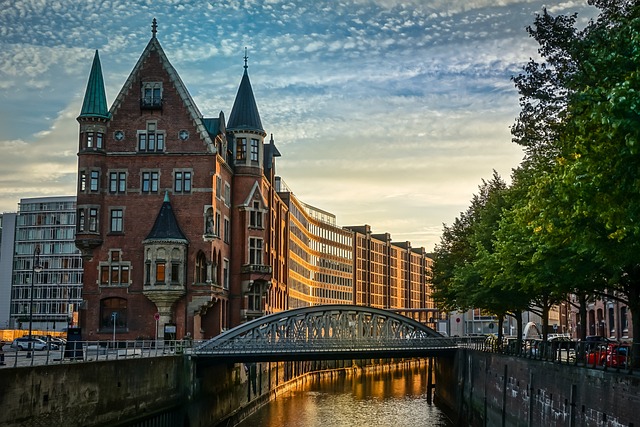
The canals and streams that run through town are connected to a lot of city life, history, culture, and tradition. The Elbphilharmonie music hall is very modern, and there are also old brick buildings right next to the harbor. The beautiful Neo-Renaissance Rathaus is one of the city’s most famous features.
It’s also known for its seedy red-light area, which has live music places, cool cocktail bars, and hip clubs. The Beatles got their big break right here on the Reeperbahn, and they changed the world of music forever.
2. Lake Constance
Lake Constance is the third-largest lake in Central Europe. It is in the foothills of the Alps, on the border between Germany, Austria, and Switzerland. It is split into three main parts. The Obersee, or “Upper Lake,” is linked to the Undersea by Seerhein, a small part of the Rhine River.
Lake Constance has been a popular vacation spot for a long time. It has beautiful scenery, clear water, and warm, sunny weather. This makes it great for fishing, swimming, and lying out in the sun. People like to hike and ride bikes along the lake’s peaceful edges and in the nearby wineries and orchards.
3. Cologne
Even though it was almost destroyed by bombs during WWII, Cologne is now one of the biggest cities in Germany and one of the biggest cities in Europe. Cologne is in the German federal state of North Rhine-Westphalia, on the Rhine River. It has many interesting tourist spots, a lively nightlife, stylish hotels, and a great arts and culture scene.
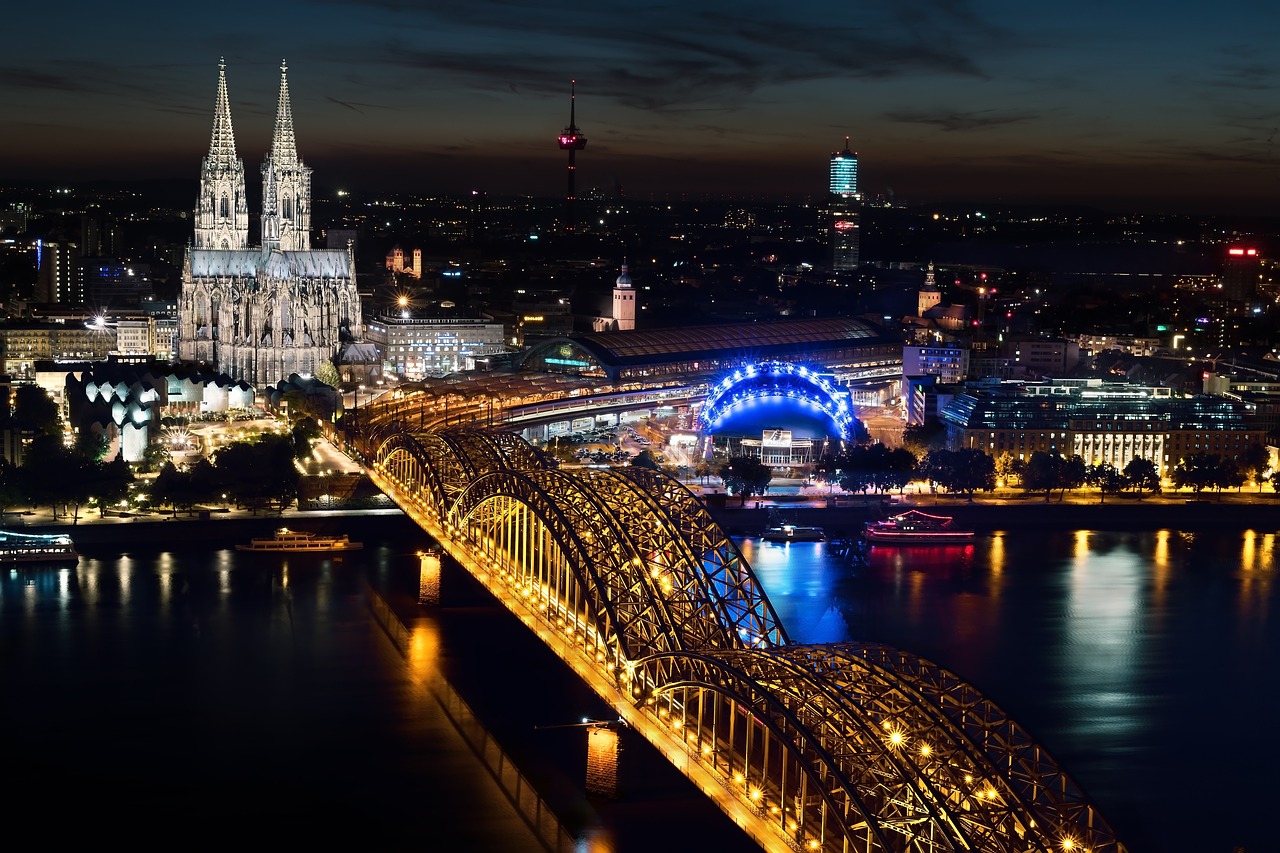
The Cologne Cathedral is the city’s unofficial sign. It is a beautiful Gothic church that claims to hold the gifts that the Magi brought to Jesus in the Bible. The Twelve Romanesque Churches are also beautiful examples of ancient building.
As the most important cultural hub in the Rhineland, Cologne has a great collection of museums. Two of the most important are the Wallraf-Richartz Museum, which has beautiful art from the Middle Ages, and the Farina Fragrance Museum, which tells the story of how the city’s famous perfume, Eau de Cologne, was made.
Cologne has one of Europe’s biggest Carnival celebrations every year, with hundreds of thousands of people coming to see the costumes, music, and dancing in the streets and pubs. But even when there aren’t any events going on, this city has a lot of pubs, bars, and clubs for tourists to choose from. Kolsch is the famous beer from Cologne. It is served cold and fresh in all the bars in town.
4. Nuremberg
Nuremberg was the formal capital of the Holy Roman Empire and the home of several German kings. It is now the second-largest city in Bavaria and a major center for business, culture, and society.
The city has a history of arts, building, and culture that has grown thanks to its wealth and status. In its ancient old town, you can find amazing museums, beautiful Gothic churches, and a huge royal castle. After the heavy bombing operations that destroyed most of Nuremberg in WWII, a lot of its historic center was rebuilt and fixed up.
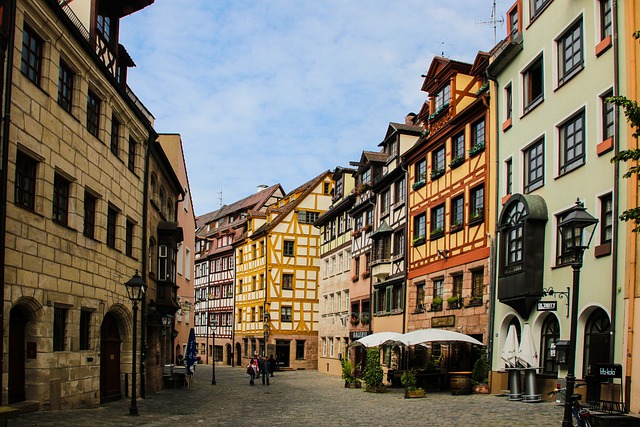
A lot of people now think of the city when they think of the famous Nuremberg Trials. But the city is also a popular tourist destination because of its great food, music, art and culture scene. It also has Germany’s biggest Christmas Market, where people can buy gingerbread and other handmade goods from the area and try traditional sweets and gluhwein.
5. Romantic Rhine
The Rhine Gorge is a dramatic rock creation that the Middle Rhine runs through between the German cities of Bingen and Bonn. This area has a beautiful scenery with buildings from the Middle Ages, cute towns, and vineyards that are grown on terraces.
During the Romantic era in the 1800s, wealthy visitors brought a lot of attention to this area, which became known as the Romantic Rhine and became a popular tourist spot. The Romantic Rhine is a popular tourist spot in Germany. It has been the subject of songs, paintings, plays, and stories.
If you take a trip along the Romantic Rhine, you can see beautiful medieval buildings on almost every mountain. These castles were built between the 12th and 14th centuries. They are all different, from ruins to towers to grand houses. The Marks burg Castle is one of the best-preserved. Other important castles are Stolzenfels, Pfalzgrafenstein, the Electoral Palace, and Stahleck Castle, which has rooms for overnight stays.
6. Dresden
Before the bombs of World War II did a lot of damage, Dresden was called the “Jewel Box” because it had so much beautiful art and building. After a long time, the city has turned back into a lot of its past greatness. Dresden is one of the biggest cities in Germany and the capital of the federal state of Saxony. It is also an important place for government and culture.
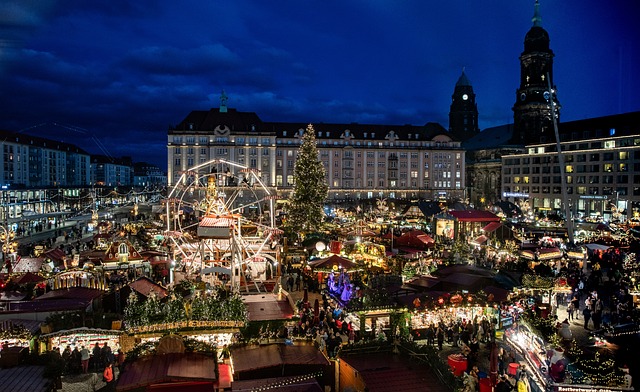
Some of the interesting places to visit in Dresden are Bruehl’s Terrace, a beautiful square, and the Zwinger, a magnificent castle complex. There are also many ancient sites in the Old Town, such as the beautiful Frauenkirche church. There are many beautiful art museums and galleries in the city. The Green Vault, for example, is home to thousands of rare and beautiful gems, jewelry, and works of art.
7. Heidelberg
It’s no surprise that Heidelberg is a famous tourist spot. It has many ancient sites, such as the Old Bridge from the Middle Ages, Heidelberg Castle, the Church of the Holy Spirit, and the Knight St. George House. Haupstrasse is the main street in the city center. It is full of pubs, restaurants, hotels, open-air cafes, and shops that sell things like German sausages, beer steins, and cuckoo clocks.
Not far from the Old Town is Thingstatte, an open amphitheater that was built by the Nazis to hold propaganda events. These days, concerts, parties, and other special events take place at this interesting place.
Heidelberg has Germany’s oldest university, and you can follow the Philosopher’s Walk, a beautiful path that many philosophers and teachers have used to learn about the city’s long academic past. In the same way, the city’s theaters, art galleries, and museums, such as the Carl Bosch Museum, the Palatinate Museum, and the Bonsai Museum, let you experience its arts and past.
The city is home to many fun festivals and cultural events every year, like the Ball of the Vampires, Carnival, the Classic Music Festival, the International Easter Egg Market, and the Christmas Market.
8. Munich
Munich is a major international center for study and technology. It is best known as the place where the famous Oktoberfest began. Munich is the most wealthy city in Germany. It is the capital of the state of Bavaria and home to research universities, global companies like BMW, and cutting-edge science museums like the Deutsches Museum.
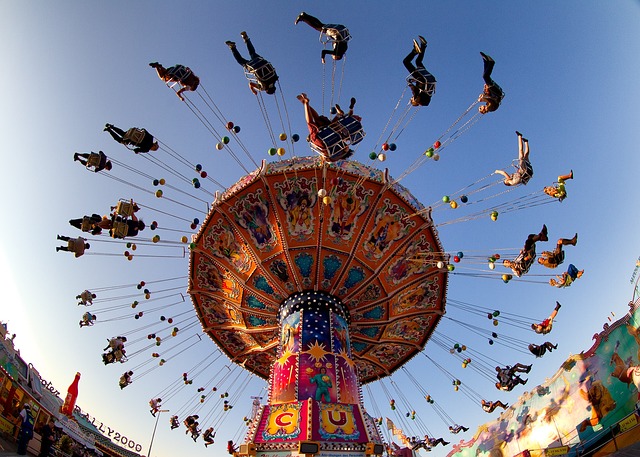
Berlin is also a great place to visit for fun. This busy city has one of the best arts scenes in Germany, with a number of high-class opera houses and stages, such as the National Theater. The city center has a nice mix of old and new buildings. There are historic churches, medieval walls, and royal houses, as well as busy shopping malls and art galleries.
9. Berlin
Berlin is the capital city of Germany and a federal state. It is best known for its role in World War II and as the site of the Berlin Wall, which separated East and West Germany during the Cold War. Since the famous wall came down in 1989, Berlin has grown into a huge, united city with lots of different ethnic groups and lots of places to see, things to do, and things to do at night.

The Brandenburg Gate, the Reichstag, and the Holocaust Memorial are some of Berlin’s well-known ancient buildings that draw a lot of tourists. Some parts of the Berlin Wall are still standing near Checkpoint Charlie and the Reichstag, even though most of it was taken down.
Berlin is known for having a lot of museums. One of the best places to see them is Museum Island, which has many museums with amazing artifacts, temples, and even reconstructed towns from many of the world’s old cultures.
10. Lubeck
Schleswig-Holstein is the northernmost state of Germany. Lubeck is in that state and is one of the country’s biggest Baltic seaports. Beginning in 1143, Lubeck was the main city of the Hanseatic League for many hundreds of years. Lubeck was the first German city to be bombed and damaged in World War II, but it still has a lot of its ancient building, which makes it a popular place for tourists to visit.
The Old Town of the city is dominated by seven Gothic buildings and has a nice mix of romantic ancient architecture and modern infrastructure. As you walk through the old, narrow streets, you can see historic sites such as the beautiful church, the Town Hall from the 12th century, the famous Holstentor (the old city gate), and the home of Nobel Prize winner Thomas Mann.
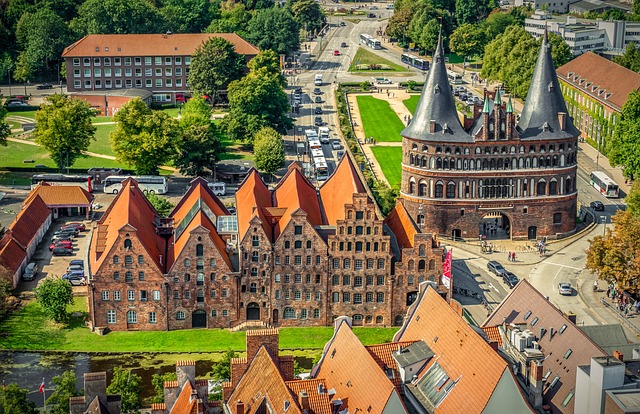
Food shops, art studios, book stores, and gift shops line the busy streets of Huxstrasse and Fleischhauerstrasse. By taking a walk along the coast of the city, you can see old Hanseatic stores and old ships that have been turned into museums.
People all over the world know Lubeck for making the sweet marzipan. A story in the area says that marzipan was first made in Lubeck during a famine, when almonds and sugar were the only foods that people could afford. Lubeck also has its own unique wine called Rotspon, which you can find in all of the city’s shops.
Read more: Exclusive Dhaka to Satkhira bus: Tickets, Timings, Classes | 2024



